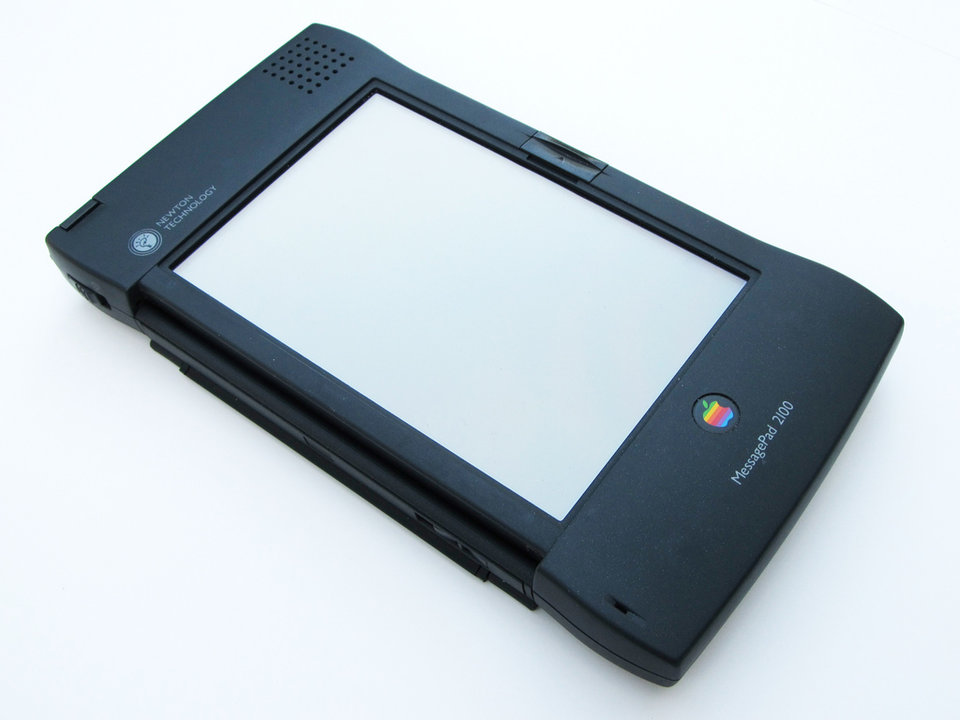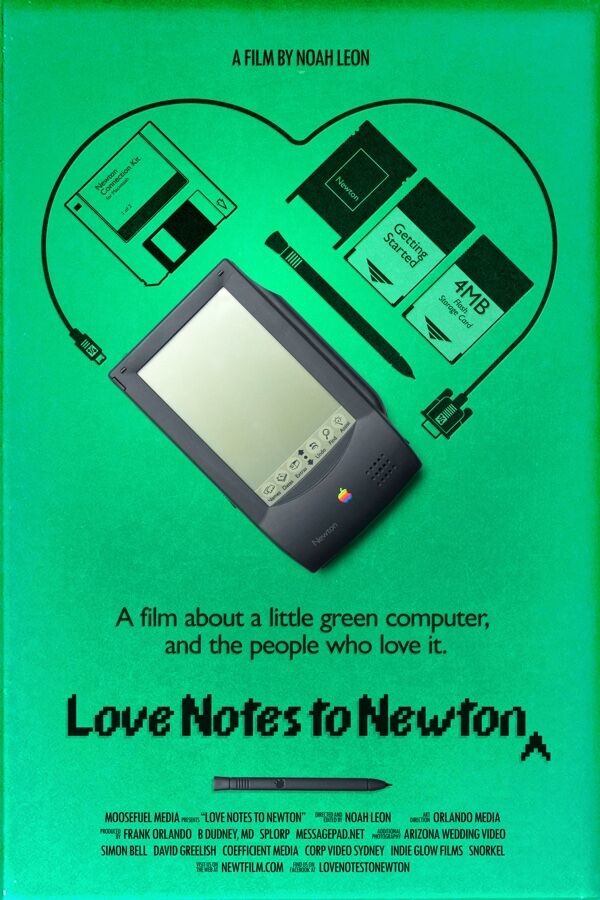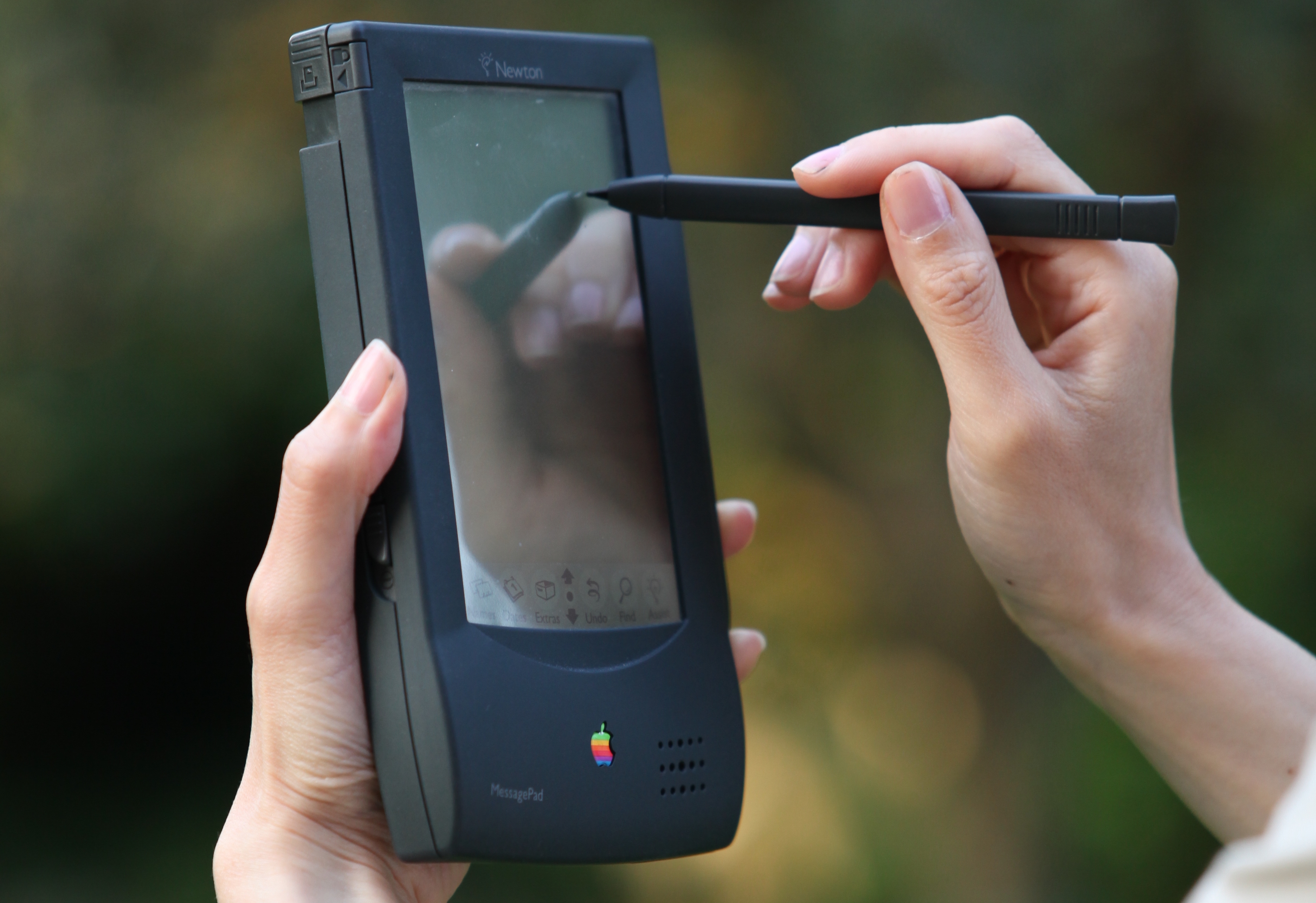In 2000, the Newton MessagePad brought a significant upgrade to Apple's PDA product line. It boasted an improved display and a faster processor, and was a relatively big success for Apple in the field of commerce, and was received positively by some experts. The key word is "relatively" - Newton never became a truly successful product.
The revolutionary element of the Newton MessagePad in 2000 was primarily its display - it received a higher resolution (480 x 320 pixels, while the previous generation had a resolution of 320 x 240 pixels). Its size has increased by 20% (from 3,3 to 4,9 inches) and, while not in color, it has at least made progress in the form of a sixteen-level gray scale.
The new Newton MessagePad was equipped with a 160MHz StrongARM processor, offering higher speed and device performance with significantly lower power consumption. The MessagePad offered more than 24 hours of operation, with the added bonus of handwriting recognition and the ability to transfer wirelessly between two devices.
The MessagePad 2000 was equipped with a package of useful applications - the Dates calendar, the Notepad to-do sheet, the Names contact application, but also the ability to send faxes, an e-mail client or the NetHopper web browser. For an additional $50, users could also get an Excel-style application. The MessagePad connected to the Internet using a modem in one of its PC Card slots.
The Newton MessagePad 2000 was the best Newton ever in its day and gained great popularity among customers. "The sales we've achieved in the first thirty days, as well as customer response, confirm that the MessagePad 2000 is a compelling business tool," said Sandy Bennett, vice president of Newton Systems Group. MessagePad has gained popularity outside of the Mac community, with an estimated 60% of its owners using a Windows PC.
After the return of Steve Jobs to Apple, however, the Newton MessagePad was one of the products whose development, production and distribution the company ended (and not only) as part of financial cuts. In 1997, however, Apple released an update in the form of the Newton MessagePad 2100.
But an interesting story is connected with the original Newton MessagePad, which Apple was planning to release in 1993. Gaston Bastiaens, one of Apple's executives, bet a journalist at the time that Apple's PDA would see the light of day before the end of the summer. It wasn't just any bet – Bastiaens believed so much in his conviction that he bet his well-stocked wine cellar, worth thousands of dollars. The bet was made in Hanover, Germany, and in addition to the release date of the MessagePad, the price of the device – which Bastiaens estimated to be less than a thousand dollars – was at stake.
The beginnings of Apple's PDA development date back to 1987. In 1991, the research and development of the entire project shifted significantly, which was overseen by John Sculley, who decided that the PDA was worth realizing. However, in 1993, the Newton MessagePad had to deal with some minor problems - handwriting recognition did not work as Apple had originally planned. There was also the tragic death of one of the programmers who was in charge of the software side of the entire project.
Despite the fact that the Newton MessagePad seemed like a cursed thing for a while, it was successfully released in 1993 before the official end of the summer. Bastiaens could relax - but it was rumored in certain circles that it was he who pushed the production and launch of the MessagePad, because he really loved his wine cellar and didn't want to lose it.
Source: Cult of Mac



